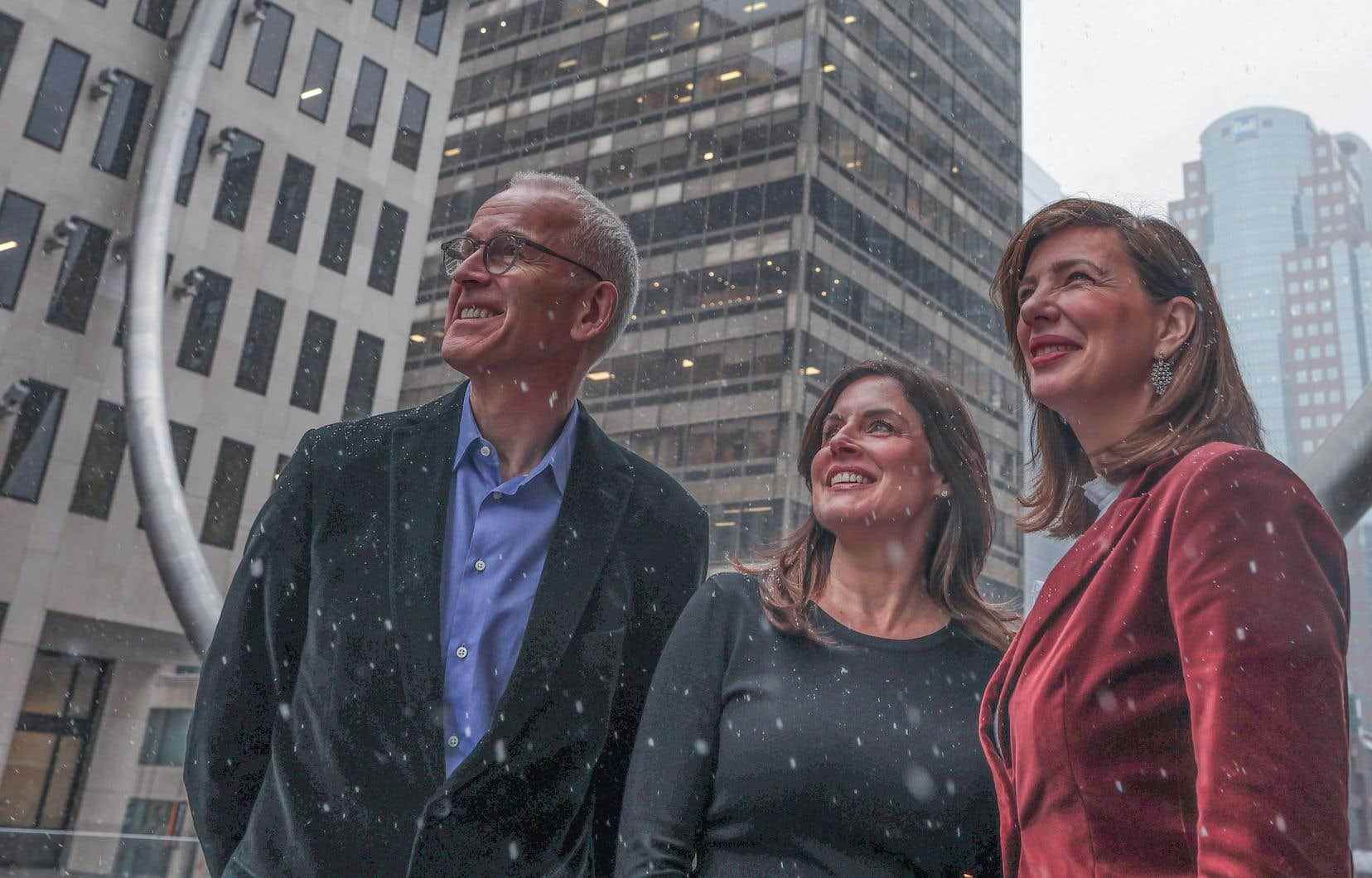Has ending your days peacefully in a retirement home ever been an ideal life choice? Two years of COVID have certainly convinced a lot of people not to and that it’s best to live independently at home for as long as possible. This is an incredible vein for the technology sector, which sees its next great vector of growth in this desire expressed on a global scale.
Fall detection by AI, psychotherapy in virtual reality, financial arrangements for a longer retirement than expected… Everything is on the table – and sometimes even below. Urine tests for the home to slip into the toilet bowl are also part of this portrait…
In 2023, we can say that the connected home will be multigenerational or it will not be. Those who find that there are already too many sensors on their car will jump to the ceiling when they see all the sensors that we want to install in the homes of our elders in the coming years. The industry has understood the need of an entire population to stay as far away as possible from residences for the elderly and other dwellings for people who have passed retirement age.
Everywhere on the planet, the average age of the population is increasing. By 2050, there will be twice as many people aged 60 or over on Earth, with 2.1 billion heads — mostly silver, as the number of octogenarians will triple to 426 million. , calculates the World Health Organization (WHO).
All of these people have a strong desire for extended autonomy. They represent a very attractive clientele for the technologies of tomorrow.
We already have a name for this movement: “agetech”. Technologies of the Golden Age. The business potential is enormous and simply put: the exponential rise in health care costs can be slowed down with a clever mix of electronic gadgets, software and artificial intelligence.
The Golden Age… of Technology
The technologies of the golden age live up to their name, twice rather than once. Some will actually be sold at gold prices. Because issues related to aging affect all wallets: that of the government and those of businesses and individuals.
These technologies go far beyond gadgets: telemedicine, personal finance, training, recruitment and… metaverse. On the medical side, we see promising virtual reality applications to help combat isolation or minimize the effects of certain mental disorders.
Aware of these innovations, the federal departments of Health and Innovation, Science and Economic Development announced last month an investment of 47 million in a pan-Canadian network of companies and research centers led by two specialized consortia, MEDTEQ+ and Age-Well.
Health Minister Jean-Yves Duclos said in announcing the investment that he wants Canadians to age at home for as long as possible. “They will need quality care. Projects like MEDTEQ+ are using technology to help Canadians age better at home. They are also enhancing the quality of health services offered to our aging population through health data and digital health applications. »
AgeTech Capital
Whatever the minister says, Canada is lagging behind in this technological trend. But it suits local business people, who hope to create an ecosystem of specialized businesses here.
Pascale Audette, Lyne Landry and Alan MacIntosh are three investment and technology veterans who set up the AgeTech Capital investment fund in Montreal this summer. Their objective: to raise US$250 million (approximately C$330 million) to support companies as they begin their commercial growth, in the form of Series A investments, as they say in the jargon.
“Seniors are becoming the largest demographic group in Canada, and they are also the most underserved by technology,” says Alan MacIntosh. “There is also a post-pandemic momentum towards these technologies,” adds Pascale Audette. “It’s a great business opportunity, because we’ve been talking about aging for a long time, but there haven’t yet been large funds like ours in Canada to stimulate growth. »
There are already at least 140 companies in this sector in Canada, including about 40 in Quebec, says AgeTech Capital. They touch on everything from solutions for living longer independently, to support for health care providers, to wellness and the financial aspect of an active life that is often longer than expected.
The venture capital sector is depressed by the current economic context, but remains very attracted to agetechs, assures Lyne Landry. “It fits well in the “S” of the ESG criteria [environnement, société, gouvernance]and that is of great interest to the major institutions, ”she says.
Timely techno
The aging of the population is beginning to seriously worry the whole planet. In particular, the WHO fears that, if nothing is done, the injuries suffered by people aged 65 and over will soon cost the global economy $320 billion annually.
Unsurprisingly, preventing accidents like falls has suddenly become a priority for many start-ups. The Belgian manufacturer Nobi is one of them. At the beginning of January, he presented a connected living room lamp equipped with cameras that track the gestures of people in the room. If a body falls to the ground, then a voice asks whether to call for help.
Sensors detect irregular breathing announcing a heart problem. Others analyze more than 300 health indicators contained in urine, right from the toilet bowl at home. The key to the success of these gadgets: intervening as soon as possible to save lives.
“An elderly person enters the hospital every 11 seconds following an accident. An elderly person dies every 19 minutes in connection with such a fall. This risk only increases with age”, summarizes the co-founder of Nobi, Roeland Pelgrims. Its connected lamp will not be cheap, however: equipping an “average” home will cost either $3,000 or $160 per month. This is no ordinary IKEA lamp…
As they say, health is priceless… But living old and healthy is worth gold!
